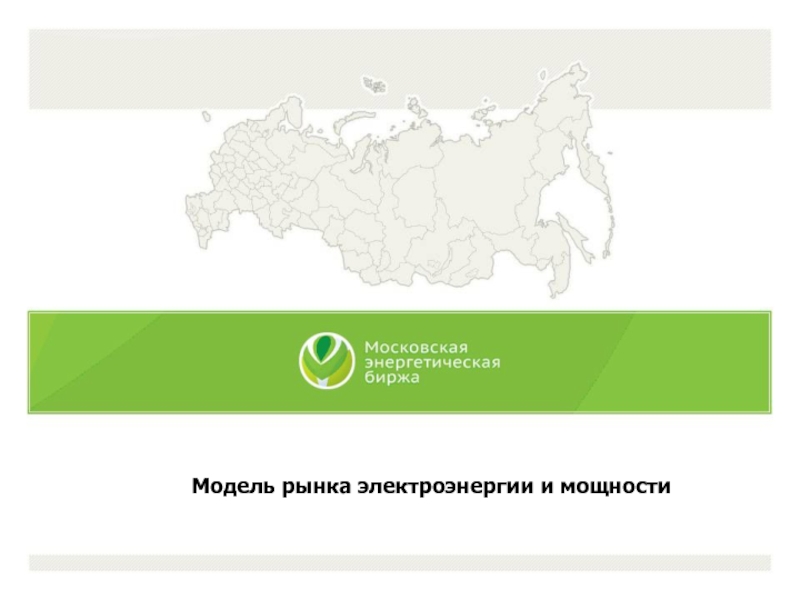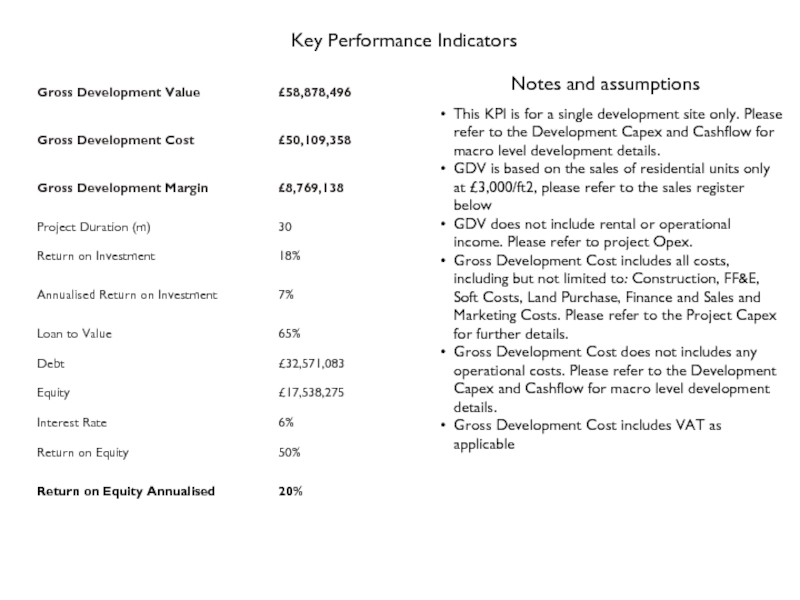- Главная
- Разное
- Дизайн
- Бизнес и предпринимательство
- Аналитика
- Образование
- Развлечения
- Красота и здоровье
- Финансы
- Государство
- Путешествия
- Спорт
- Недвижимость
- Армия
- Графика
- Культурология
- Еда и кулинария
- Лингвистика
- Английский язык
- Астрономия
- Алгебра
- Биология
- География
- Детские презентации
- Информатика
- История
- Литература
- Маркетинг
- Математика
- Медицина
- Менеджмент
- Музыка
- МХК
- Немецкий язык
- ОБЖ
- Обществознание
- Окружающий мир
- Педагогика
- Русский язык
- Технология
- Физика
- Философия
- Химия
- Шаблоны, картинки для презентаций
- Экология
- Экономика
- Юриспруденция
International business management презентация
Содержание
- 1. International business management
- 2. ECONOMIC RISK ANALYSIS Question : Is my
- 3. ECONOMIC RISK ANALYSIS (ERA) IMF uses quantitative
- 4. ERA EXAM QUESTION PART I: QUANTITATIVE DATA
- 5. FINDING THE DATA Most of the data
- 6. 1. GDP GROWTH Question: is the economy
- 7. GDP GROWTH AROUND THE WORLD As more
- 8. GDP GROWTH TARGETS Need to find a
- 9. GDP RISK AND RETURN FOR EMERGING ECONOMIES
- 10. GDP RISK AND RETURN FOR OTHER ECONOMIES
- 11. 2: INFLATION – % CONSUMER PRICES
- 12. INFLATION Question: Are prices under control? Answer:
- 13. INFLATION AND RISK/RETURN Most central banks are
- 14. 3. CURRENT ACCOUNT DEFICIT – CAD Developing
- 15. CURRENT ACCOUNT DEFICIT – CAD Question: how
- 16. CURRENT ACCOUNT DEFICIT – CAD For developing
- 17. DEVELOPED COUNTRY COMPARISON: USA
- 18. CRITICISM OF THE IMF QUANTITATIVE APPROACH Many
- 19. ERA EXAM QUESTION PART II: FDI
- 20. FACTORS INFLUENCING FDI The economic factors
- 21. GREENWICH MNEMONIC - GLIFTS GLIFTS is
- 22. USING GLIFTS G – GDP per capita
- 23. OTHER INTERESTING DATA… An entrepreneur will browse
- 24. SEMINAR TASK Come prepared with your
- 25. SOURCES World Bank IMF (for CAD/GDP)
Слайд 1
INTERNATIONAL BUSINESS MANAGEMENT
Economic Risk – Economic Risk for Developing and Emerging
Dr Michael Wynn-Williams wm82@gre.ac.uk
Слайд 2ECONOMIC RISK ANALYSIS
Question : Is my money safe in that country?
Answer
Some factors to consider :
Exchange rates
Growth of domestic credit
bank rates
prices, WPI and CPI
industrial production
unemployment
trade , exports imports invisibles, CAD
government consumption
GDP, current and constant prices
population
Слайд 3ECONOMIC RISK ANALYSIS (ERA)
IMF uses quantitative analysis for evaluating economies
Economic risk
Guidelines devised at Greenwich evaluate the security of doing business in the country
Developing and emerging countries tend to trade in a narrow range of products and depend on cash flow
The three main measures of a country’s financial standing:
GDP – how much is it producing?
Inflation – how well controlled?
Current Account – are the imports affordable?
The first part of compulsory Exam Question 1 uses simple IMF-style quantitative formulas to measure economic performance against a standard
The second part of the question identifies and evaluates the main economic factors in order to make a qualitative investment decision in the country
Слайд 4ERA EXAM QUESTION PART I: QUANTITATIVE DATA
The first part of the
The guidelines devised at the University of Greenwich are useful in evaluating emerging economies
Слайд 5FINDING THE DATA
Most of the data is available from the World
The data is for all countries, not just developing economy clients of The Bank
One piece of data, for the current account/GDP, comes from the IMF World Economic Outlook (WEO)
In the exam the data will comprise the World Bank figures + CAD/GDP
The data sheet will be a Word file
Слайд 61. GDP GROWTH
Question: is the economy growing at a sustainable rate?
Answer:
Gross domestic product (GDP) measures everything produced in the country regardless of nationality
Real (constant prices) GDP increases show genuine growth in the economy
Positive, steady growth is always good but the gains may be unevenly distributed
Undesirable GDP conditions:
High growth – rising wages, inflation, imports and interest rates
Low growth – poor exploitation of resources, poor competitiveness, low wealth creation
Recession – wealth destruction, hysteresis effects
Слайд 7GDP GROWTH AROUND THE WORLD
As more resources are brought into use
Слайд 8GDP GROWTH TARGETS
Need to find a balance between a booming economy
An overheating economy with high inflation is usually treated with high interest rates
A recessionary economy with low inflation is usually treated with low interest rates
Stagflation (low growth, high inflation) is a challenging paradox!
Sustainable GDP growth target depends on the economy
Developed – slow and steady at 2.0-3.0%
Emerging – relatively high rate 6.0-10%
Developing – relatively very high growth 7.0-11.0%
Rate of return should match the risk
Слайд 9GDP RISK AND RETURN FOR EMERGING ECONOMIES
Sustainable high rates of growth
Слайд 12INFLATION
Question: Are prices under control?
Answer: compare the inflation with the 2.0%
Various measures of inflation (RPI, CPI). World Bank use GDP deflator accounting for the nominal change in GDP i.e. reveals real GDP change
The GDP deflator is inflation for all output, not a basket of goods
High inflation
High inflation means constant adjustment to prices
Usually necessitates high interest rates.
Debt values are eroded over time
Low inflation/Deflation
Low inflation is too narrow a target, can slip into deflation
Deflation may require negative interest rates – tricky!
Some consumers may wait for further price reductions
Debts values increase over time
Слайд 13INFLATION AND RISK/RETURN
Most central banks are targeting 2.0% CPI inflation
Some central
On balance, 0.0-2.0% inflation is probably considered low risk
World Bank data shows inflation as GDP deflator
Слайд 143. CURRENT ACCOUNT DEFICIT – CAD
Developing countries are often dominated by
It can become highly volatile as trade fluctuates
Слайд 15CURRENT ACCOUNT DEFICIT – CAD
Question: how great is the short-term trade
Answer: compare the current account deficit (CAD) and the gross domestic product (GDP)
CAD itself is not a worry:
It is funded from the capital account
It may be small compared to the total assets and liabilities
It may be a sign of strong domestic growth
The capital account could be showing good foreign investment
CAD/GDP percentage
It should be relatively stable over the years
It should be greater than -2% (i.e. -2.1% is high risk, -1.9% is low risk)
Слайд 16CURRENT ACCOUNT DEFICIT – CAD
For developing economies CAD can be a
Fall in investment means imports cannot be afforded
A fall in exports creates a higher dependency on foreign funds
A high surplus can also be cause for concern
Economic growth is dependent on demand in other countries
Domestic consumers have less access to desirable imports
The government needs to counter pressure on the currency to rise in value
Risk Values
Слайд 17DEVELOPED COUNTRY COMPARISON: USA
Our analysis shows that GDP growth and inflation
However, CAD/GDP is over the line, meaning it is high risk. Indeed, it is never expected to be within guidelines!
Is it realistic to say the USA is “high risk” compared to emerging economies?
Слайд 18CRITICISM OF THE IMF QUANTITATIVE APPROACH
Many feel that the IMF style
Criticisms:
It is a creature of the US and Europe
It has a neo-liberal agenda for low government spending, privatisation and debt repayment
It treats all countries the same
IMF’s defence
It is invited by the host government
It is the last resort – everything else has failed
The worse the taste the better the medicine
Слайд 19ERA EXAM QUESTION PART II:
FDI INVESTMENT DECISION
The second half of
The decision of which sector of the economy to invest in can only be based on the information in the datasheet.
There are three sectors to choose from:
Agriculture
Industry
Services
The FDI decision should identify and analyse the most appropriate economic factors
Слайд 20FACTORS INFLUENCING FDI
The economic factors that are appropriate to the FDI
FDI entrepreneurs need to analyse trends in the data to uncover any new opportunities
It is also important to identify specific data that indicates new opportunities
To help you remember the most important factors, we have a Greenwich mnemonic:
GLIFTS
Слайд 21GREENWICH MNEMONIC - GLIFTS
GLIFTS is only there to help you remember
It will point you towards the most basic information, but you can use any factor you think is important
GLIFTS will give you up to 6 economic factors – at least 5 are needed for the exam
Слайд 22USING GLIFTS
G – GDP per capita growth rate (the trend). May
L - Life expectancy. Gives you an idea of the general well being of the population and the degree to which the government is looking after everyone
I – Inflation (GDP deflator): is the trend steady or out of control? Indicates the economic competency of the government
F – FDI, measure of how well the country is attracting foreign investors, particularly the trend
T – Technology
S – School
Слайд 23OTHER INTERESTING DATA…
An entrepreneur will browse data looking for items of
This is when your creativity reaches its peak!
Some data that might catch your eye and deserve further consideration:
Poverty Headcount
Malnutrition
Immunisation
Boy/girl ratio in education
Water access
Agriculture, industry, services added value
Gross capital formation
Time to start a business
Net migration
Total debt service
Слайд 24SEMINAR TASK
Come prepared with your calculators.
We will be doing two sets
Working out the ERA for an emerging country – data sheets available in the tutorial folder
Considering the country as a candidate for investment
Слайд 25SOURCES
World Bank
IMF (for CAD/GDP) – latest World Economic Outlook report
Australia CAD/GDP
US Debt Service – Creditflowinvestor.com
IMF paper on MRR – Boorman, J. and S. Ingves (2001), Issues in Reserves Adequacy and Management
Bank of England current account information sheet
IMF guide to financial terminology
UN debt service ratio definition






























